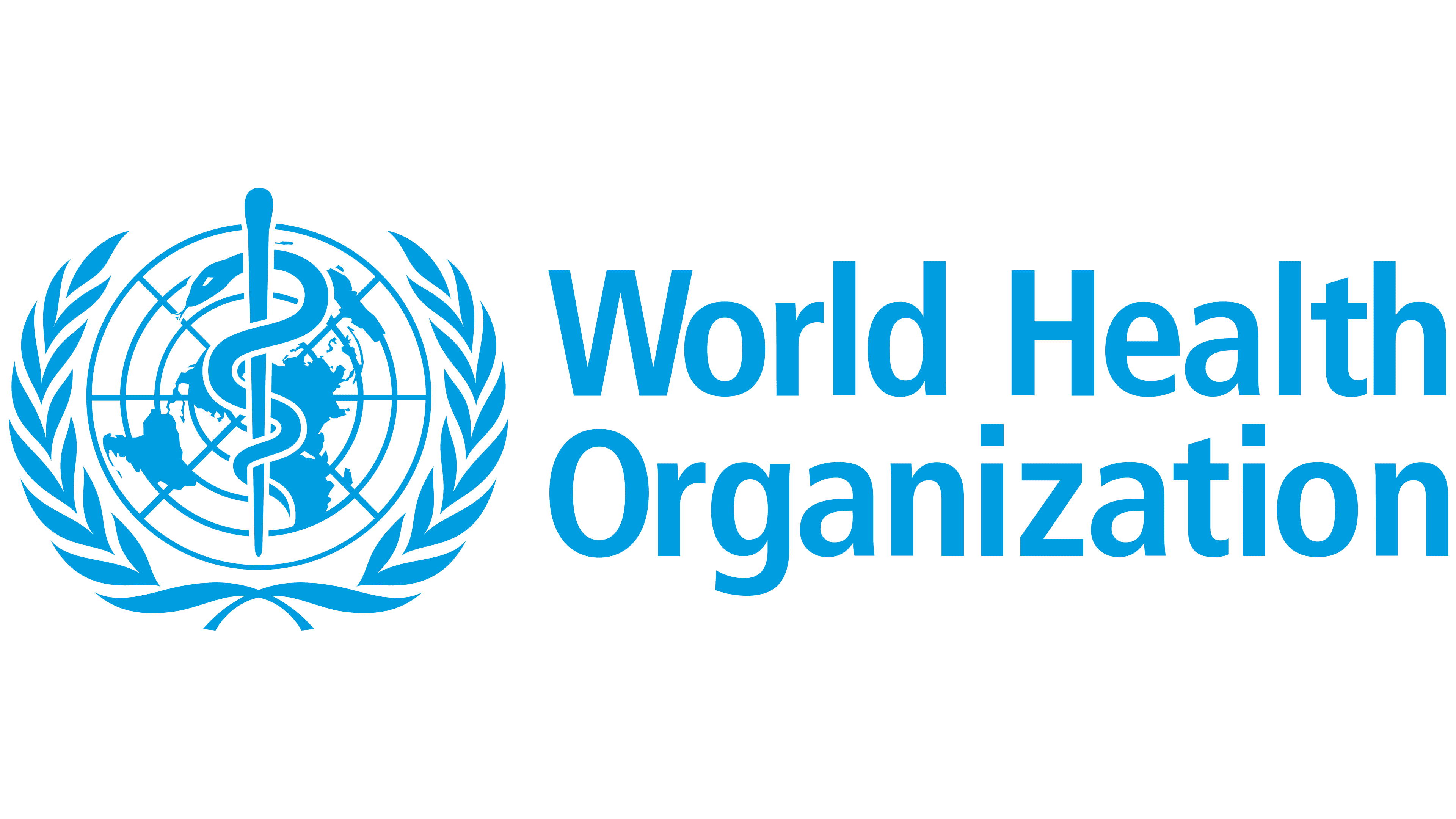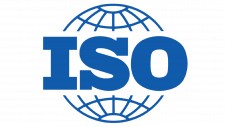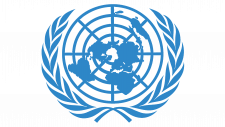World Health Organization Logo
The World Health Organization (WHO) is a specialized agency of the United Nations responsible for international public health. It addresses global health issues, sets international health standards, and provides technical assistance to countries. WHO’s primary focus is on promoting and protecting global health, controlling the spread of diseases, and improving healthcare systems worldwide. It is owned collectively by its member states and operates globally to address health challenges on an international scale.
Meaning and history
The World Health Organization (WHO) was established on April 7, 1948, as a specialized agency of the United Nations. Its formation was a response to the need for a global health organization to address pressing international health issues, particularly in the post-World War II era.
Foundation and Early Years: The idea of creating a global health organization gained momentum during the United Nations Conference on International Organization in San Francisco in 1945. The WHO Constitution was adopted at a United Nations conference in New York in 1946, and it entered into force on April 7, 1948, when WHO officially came into existence.
Initial Focus: WHO’s early focus was on combating infectious diseases, improving maternal and child health, and providing assistance to countries in building robust healthcare systems. Its Constitution emphasized the right to health and the importance of addressing health inequalities.
Expansion of Mandate: Over the years, WHO’s mandate expanded to address a wide range of global health issues, including non-communicable diseases, mental health, environmental health, and emergency response to health crises.
Global Health Achievements: WHO has played a pivotal role in several public health successes, such as the eradication of smallpox (certified in 1980), efforts to control diseases like polio, and campaigns for tobacco control.
Challenges and Controversies: WHO has faced challenges, including criticism of its response to various health crises, such as the HIV/AIDS pandemic and the Ebola outbreak. Funding and political pressures have also posed challenges.
Current Role: Today, WHO serves as the premier global health agency, providing leadership on international public health issues, setting health standards and guidelines, monitoring health trends, and offering technical assistance to countries. It plays a crucial role in responding to global health emergencies, such as the COVID-19 pandemic.
Funding and Governance: WHO is funded by its member states and is governed by the World Health Assembly (WHA), which is the decision-making body consisting of representatives from member states. The Director-General, appointed by the WHA, leads the organization.
Global Impact: WHO’s work influences health policies and practices worldwide, and it continues to address new and evolving health challenges as they arise.
In summary, the World Health Organization has evolved since its establishment in 1948 to become a central player in global health, addressing a wide array of health issues and emergencies while advocating for health as a fundamental human right.
1948 – 2006
The central element of WHO’s visual identity is the emblem of the United Nations, featuring a simplified depiction of the globe. This emblem signifies the global scope of WHO’s mission and its strong ties to the parent organization. Within the emblem’s 2D representation of the world, there is also a double laurel wreath, symbolizing peaceful conflict resolution. At the center of this circular emblem is a staff with a snake extending beyond its upper boundary.
Adjacent to the emblem, the complete name “World Health Organization” is presented in a single line with capitalized letters. The font is slender, sans-serif, uniformly spaced, and lacks decorative flourishes. This text, accompanied by the emblem, is set against a horizontally extended blue rectangle background, emphasizing the organization’s commitment to global health.
2006 – Today
The latest iteration represents an evolution from the previous design. It maintains the dual components: the UN emblem featuring a world map framed by laurel branches and the medical symbol of a snake coiled around a staff. This fusion symbolizes the triumph of healthcare over natural forces. Positioned on the right side is the organization’s name, split into two lines: “World Health” above and “Organization” below. The text is presented in an elegant and straightforward sans-serif font, characterized by close letter spacing, emphasizing clarity and simplicity.













